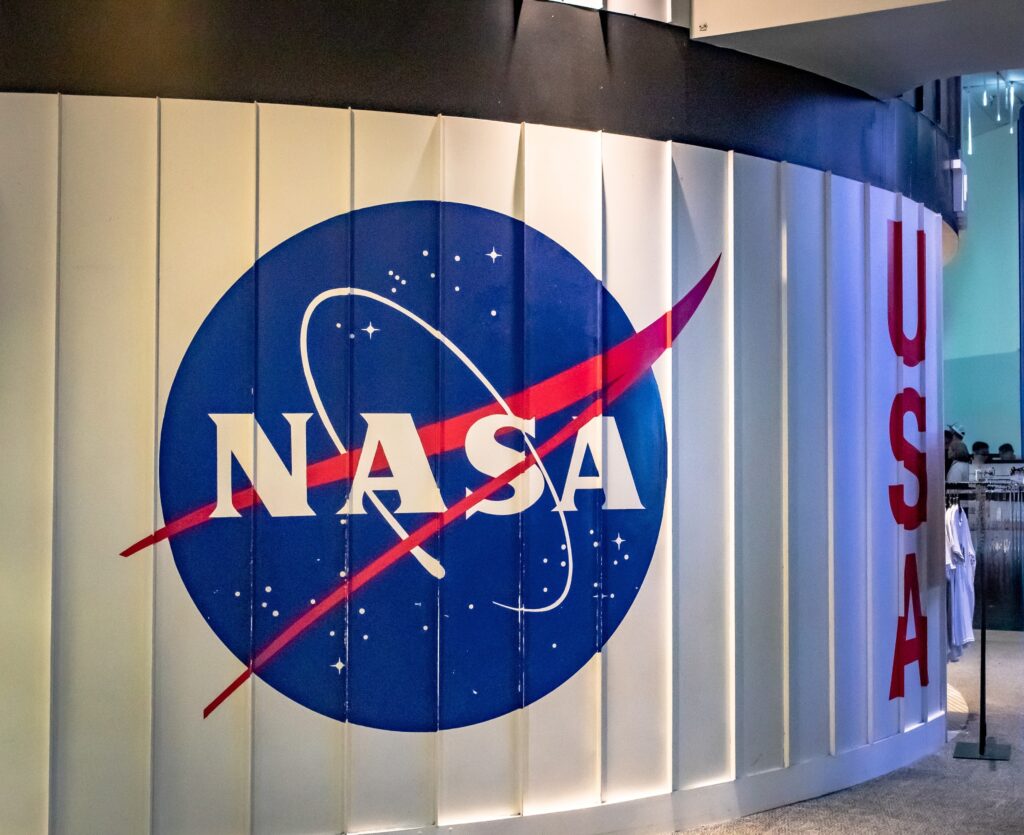NASA has made major changes, closing three important offices, including the Office of the Chief Scientist and the department for diversity, equity, inclusion, and accessibility (DEIA). These actions are part of a broader plan for federal cost cuts, a strategy linked to the Trump administration.
Major NASA Offices Shut Down
On Monday, NASA confirmed the closure of its Office of Technology, Policy, and Strategy. This office, created in 2021, gave NASA leaders advice on policies and tech decisions. As part of the closure, some employees were laid off. Janet Petro, NASA’s acting administrator, sent out a memo to inform staff about the restructuring.
Petro said the closures were part of a strategy to realign NASA with the priorities of the current administration. In a January memo, she criticized diversity and inclusion (DEI) programs, calling them divisive and wasteful. Many believe that these cuts could hurt NASA’s future work, especially as the agency focuses on increasing diversity in space missions.
Leadership Change at NASA
Billionaire Jared Isaacman, who was nominated by Trump to be NASA’s new administrator, is expected to take over Janet Petro’s role. Isaacman is best known for funding the private space mission, Inspiration4. His arrival raises questions about how NASA’s direction will change. Petro’s memo urged staff to stay flexible as more cuts and changes are expected.
“We see this as an opportunity to reshape NASA, ensuring we fulfill our legal obligations while operating efficiently,” Petro wrote. She noted that although change can be hard, NASA’s main mission will remain at the core of the agency’s work.
NASA’s Science and Diversity Focus
The closure of the Office of the Chief Scientist is drawing attention, especially from scientists. This office had led NASA’s climate science efforts, including studying climate change. Dr. Kate Calvin became NASA’s chief scientist in 2022. She had worked under the previous administrator to strengthen NASA’s role in climate and Earth sciences.
Now, many wonder if NASA will continue to lead in addressing climate change. Losing this office means less focus on climate science, a shift that many find concerning. NASA had been praised for its strong leadership in this area, but now the future of such work seems unclear.
The shutdown of the DEIA office also signals a change in policy. NASA had worked with the NAACP to increase STEM opportunities for underrepresented students. Yet, Petro has argued that these efforts divide Americans and misuse taxpayer money. This marks a stark reversal from NASA’s earlier commitment to greater diversity and inclusion.
Backlash and Concerns from Experts
The closure of these offices has sparked widespread criticism. Many experts worry that NASA may not be able to carry out its mission with fewer experts and less strategic advice. Grant Tremblay, an astrophysicist at the Harvard & Smithsonian Center for Astrophysics, expressed his concern on social media.
“NASA is one of the most iconic and beloved agencies in U.S. history,” Tremblay posted on X (formerly Twitter). “These cuts are so severe that we won’t recognize NASA in a year.” He also warned that NASA might struggle to recover from these cuts. “Once you lose key experts, rebuilding becomes nearly impossible,” he added.
Many people are concerned that these changes will have lasting effects on NASA. If the agency loses key staff and valuable expertise, it may struggle to stay competitive in the global space race. The loss of the Office of Technology, Policy, and Strategy, which provided advice on key decisions, may hurt NASA’s ability to make smart choices in the future.
The Future of NASA
The future of NASA looks uncertain as it faces these deep cuts. Experts worry that the agency will have trouble balancing cost-saving measures with its core responsibilities. NASA is known for its achievements in space exploration and scientific research, but with these changes, it could struggle to maintain its leadership role.
The elimination of important offices, such as the Office of the Chief Scientist and the DEIA office, shows that NASA is making tough decisions. But how these decisions will impact the agency’s ability to carry out its work remains to be seen.
The full effects of these changes will take time to unfold. As NASA continues to restructure, the agency’s focus on space exploration, climate science, and diversity will likely face challenges. For now, the agency’s mission remains its central goal, but many wonder if these cuts will hinder NASA’s ability to reach its full potential.
For updates on NASA’s restructuring and future plans, visit New York Mirror.


